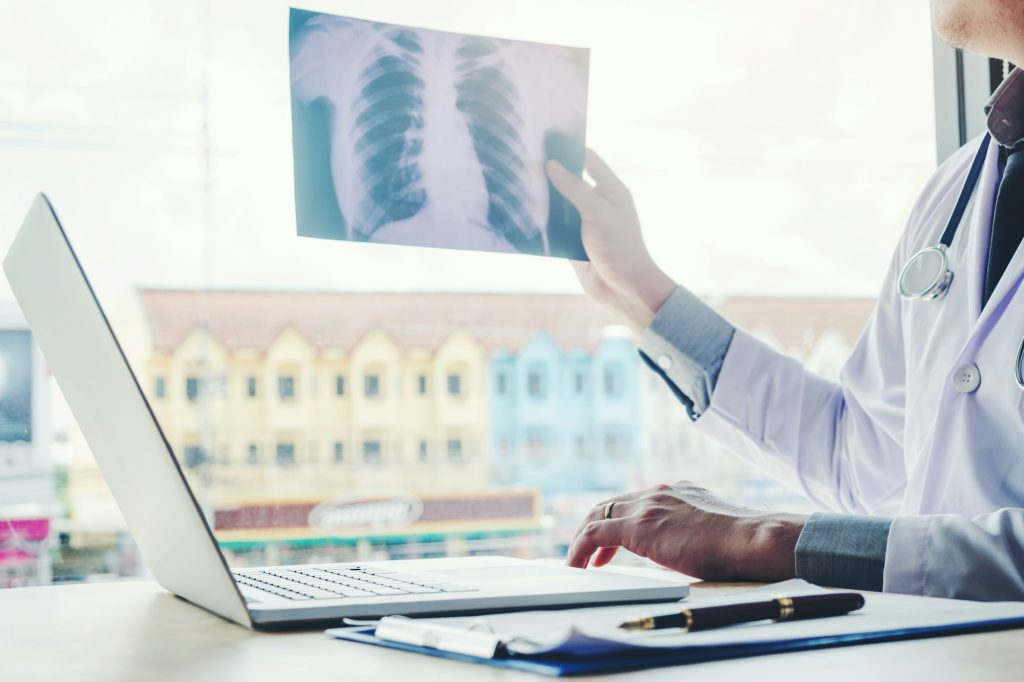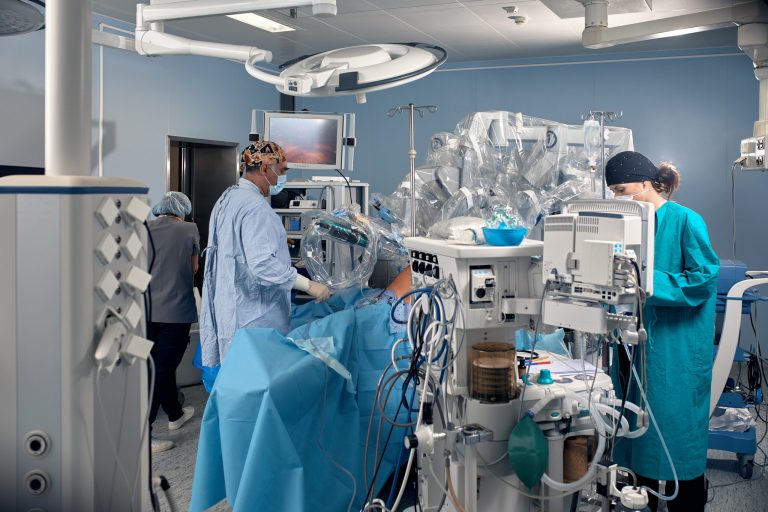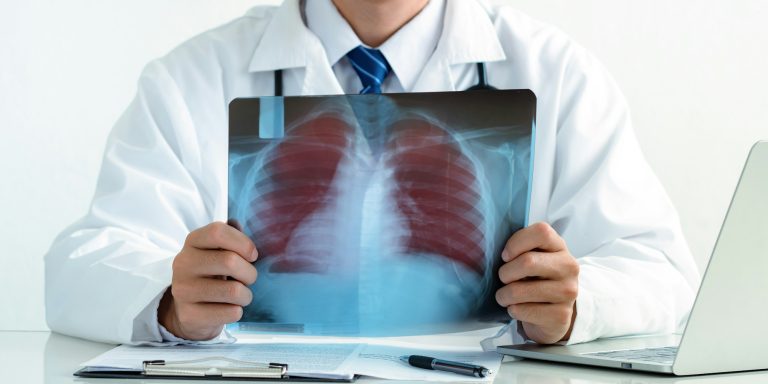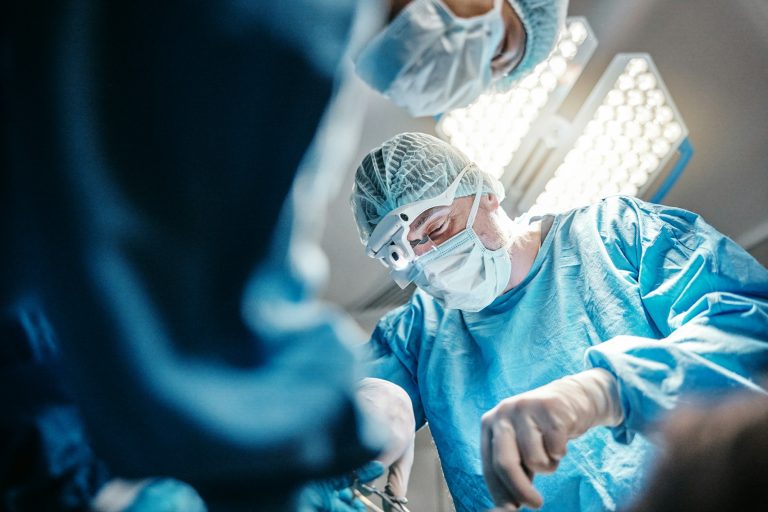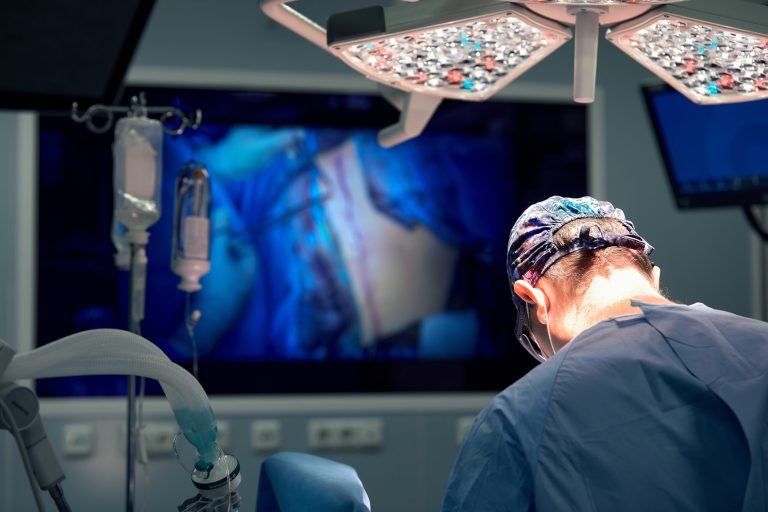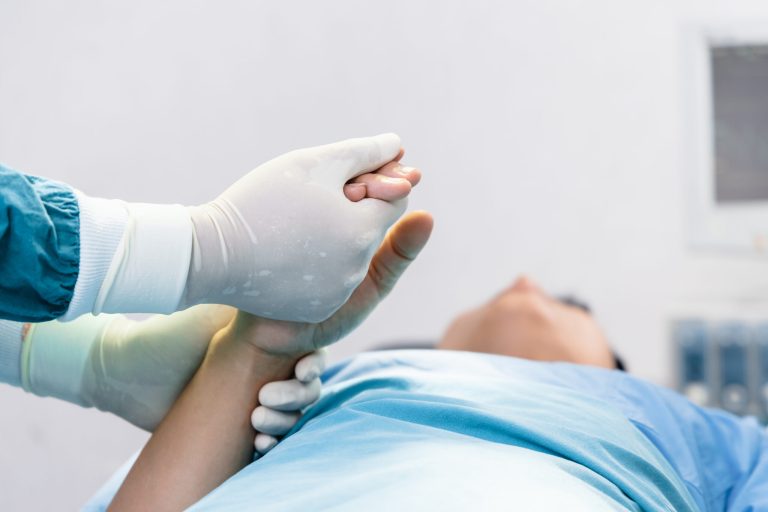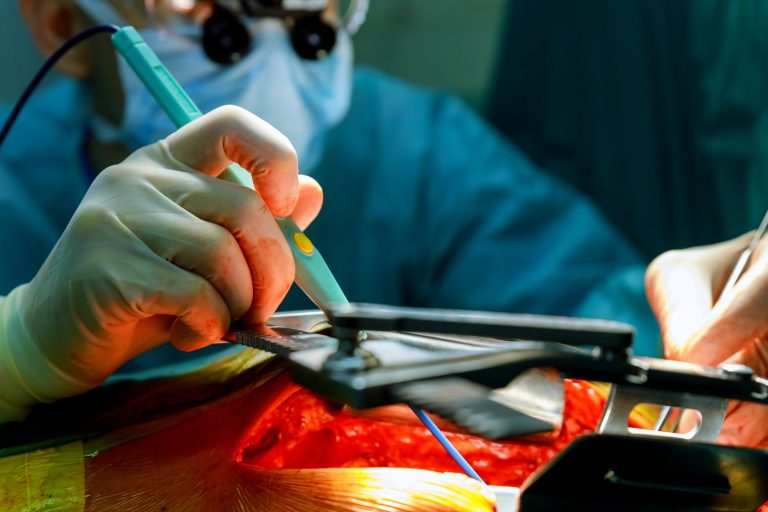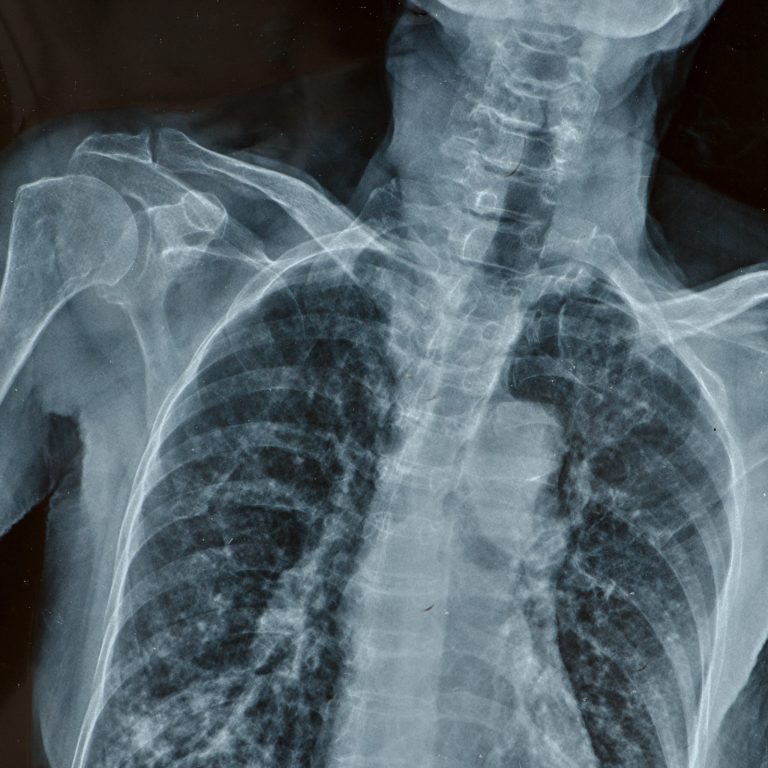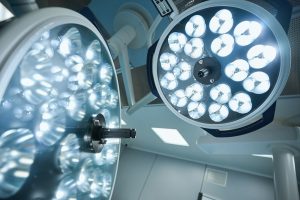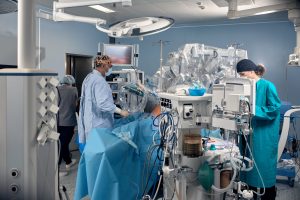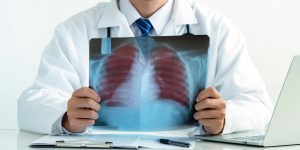Risk factors for lung cancer include smoking, air pollution, exposure to toxins, and a family history of lung cancer. Understanding these risk factors can help people reduce their chances of developing lung cancer. Risk factors increase the chances that a person will develop a condition. However, they do not predict who will or will not develop a disease. This article looks at the risk factors for lung cancer and how to reduce their impact. It then looks at lung cancer symptoms, diagnosis and treatment.
What are the risk factors for lung cancer?
The main risk factors for lung cancer are:
- smoking
- passive smoking
- radon exposure
- exposure to asbestos
- exposure to other carcinogens, such as radioactive ores, arsenic, or diesel fumes
- air pollution
- family history of lung cancer;
Some of these risk factors, such as a person's family history, unfortunately cannot be corrected. This means that a person cannot change them. However, eliminating risk factors that have not been determined can help a person reduce their risk of developing lung cancer. Having risk factors does not necessarily mean that a person will develop lung cancer. Likewise, it is possible for people with no obvious risk factors to develop lung cancer. According to the Centers for Disease Control and Prevention (CDC), cigarette smoke contributes to 80-90% of lung cancer cases, making it the leading risk factor for lung cancer. This rate may be higher for small cell lung cancer (SCLC) because this type of cancer is extremely rare in people who have never smoked. People who smoke are 15-30 times more likely to develop lung cancer than non-smokers. The longer and more often someone smokes, the greater the risk.
Passive smoking
People who do not smoke but breathe in other people's smoke are also at increased risk of lung cancer. Passive smoking is the third most common risk factor for lung cancer, responsible for approximately 3,000 lung cancer deaths each year.
Air pollution
Air pollution occurs when harmful particles and gases enter the air that people breathe. It is common in urban and densely populated areas.
Radiation exposure
Several types of radiation exposure can increase the risk of lung cancer. They include: Radon exposure Radon is one of the leading causes of lung cancer in non-smokers, causing approximately 21,000 lung cancer deaths annually. Radon is a natural gas that, outdoors, usually does not pose a risk to human health. However, indoors, radon can accumulate to higher levels. Long-term exposure to radon indoors can increase the risk of lung cancer. Radiotherapy People are given radiation therapy as a treatment for cancer. However, radiation therapy to the chest can increase the risk of lung cancer. This could affect people undergoing radiotherapy for breast cancer, for example. In many cases, this risk is unavoidable, as the benefits of radiation therapy for people with other types of cancer usually outweigh the risks. The evolution of radiation therapy techniques and machines have reduced the risk of carcinogenesis enormously in recent years as they focus treatment only on damage with millimeter activity. Exposure to asbestos Asbestos is a naturally occurring mineral that is a proven carcinogen. Before doctors understood its dangers, people used asbestos as a material in construction, car manufacturing and industrial facilities. Inhaling asbestos increases the risk of both lung cancer and malignant mesothelioma, a type of cancer that affects the lining of the lungs (pleura). The risk is particularly high if a person is exposed to asbestos and also smokes. Other toxins Other carcinogens may pose a risk to people who come into regular contact with them. This can affect people who work in environments with hazardous substances, such as: male, cadmium, beryllium, silicon, vinyl chloride, nickel compounds, chromium compounds, coal products, chloromethyl ethers
Personal or family history of lung cancer
Close family members of people diagnosed with lung cancer have a 50% higher risk of developing lung cancer themselves. This is true across all sexes, races, and ethnicities and is not influenced by other risk factors. People are also more likely to get lung cancer again if they've had it in the past.
How to reduce your risk
It is not always possible to prevent lung cancer. Some risk factors, such as previous radiation exposure and family history, cannot be changed. However, some of the most important risk factors are preventable. People can reduce their risk of lung cancer by: → Stop smoking. → Avoid passive smoking. → Checking the house for carcinogenic substances. → Avoiding carcinogenic substances at work. → Improving indoor air quality. → People in high-risk groups for lung cancer can also get an annual check-up, there are now screening programs for smokers over 50 with low-dose axial chest radiation (LDCT) running in Greece and even free of charge in which the interested person can to register. This helps detect signs of cancer early, which improves the chances of successful treatment.
